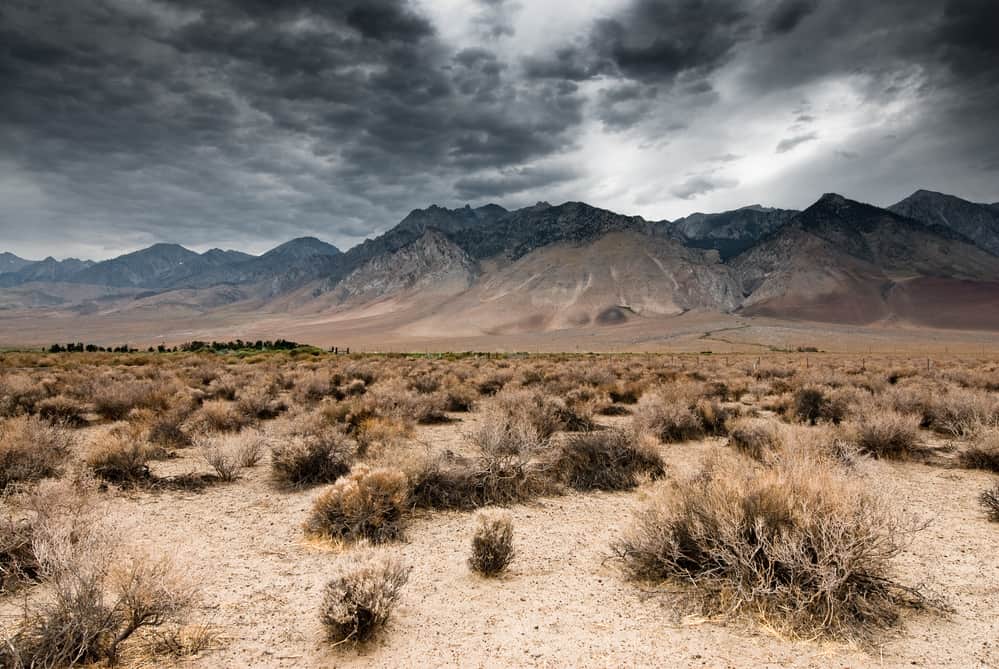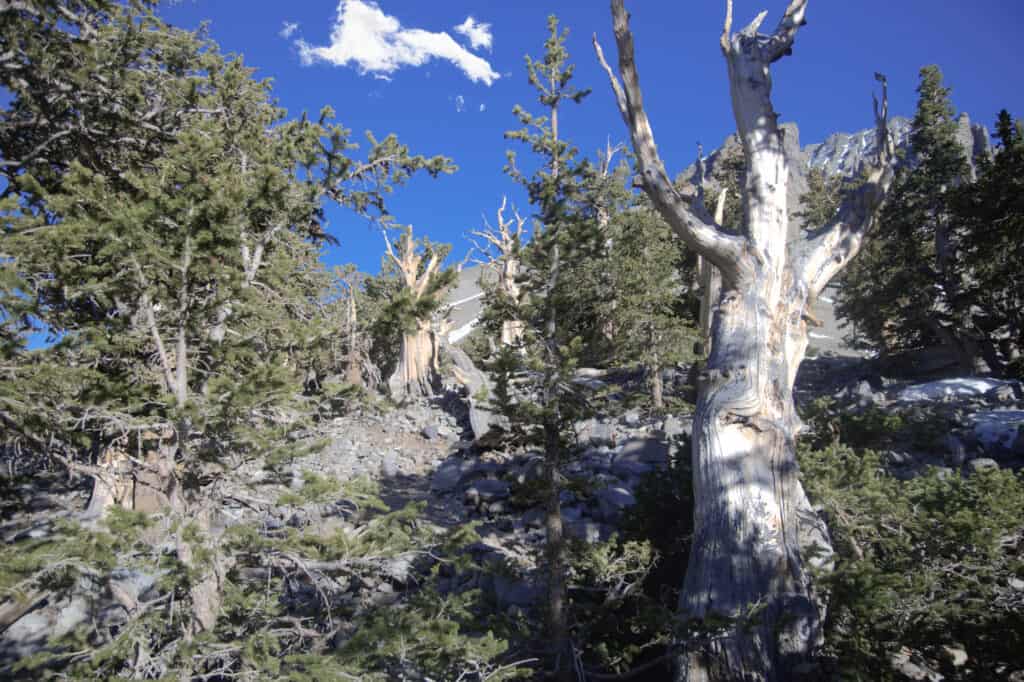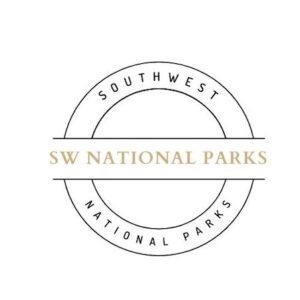NATIONAL PARKS AND NATIONAL MONUMENTS IN NEVADA
Nevada National Parks offer you an amazing experience. National Parks in Nevada are often overlooked for the more popular Utah National Parks but I think they definitely are worth a visit.

This list of National Parks in Nevada includes Nevada National Parks and Monuments. I’ve also included a map of Nevada state parks. I have a post on National Parks near Las Vegas that is quite useful if you are planning a road trip to visit Nevada’s national parks.
Las Vegas might be the entertainment capital of the world but it also has a lot of natural beauty within reach of the city. Not only does it have some of the best national parks, but the Nevada State Parks are pretty spectacular as well.
National Parks in Nevada
Great Basin National Park
The Great Basin National Park, located in White Pine County, Nevada is another national park service location in the state. It was founded in 1986 and takes its name from Nevada’s Great Basin, which is an arid and mountainous region and which is usually accessed through the tiny town of Baker that is located right next to it.

The Park is presided over by the 3,982-meter-high Wheeler Peak, which is dominated and characterized by the enormous mountain ranges that flow across it.
The enormous and lovely Lexington Arch, as well as the dazzling Stella Lake, are among the many spectacular forests and valleys that dot the Great Basin.
As of now, the park covers up to 77,180 acres of land area. The most notable feature of the park is the ancient bristlecone pines that are considered the oldest non-clonal organisms in the world.
The Lehman Caves, with its shimmering and dazzling stalactites and stalagmites, are just as stunning below ground. The amazing wilderness of Great Basin National Park is not to be missed, with plenty of memorable hiking, rock climbing, and camping opportunities.
Check out my post on the Best Things to do in Great Basin National Park
Death Valley National Park
Death Valley National Park is located within California and Nevada, along with the Sierra Nevada Mountain range, and one of the most distinguished national parks in the United States.

Death Valley is a zone of extremes since it is not only the largest national park outside of Alaska, but also the hottest, driest, and lowest.
It encompasses everything from steep peaks and volcanic craters to charming oases, vast canyons, and spectacular sand dunes, and it lies between the Great Basin and the Mojave deserts.
Sand dunes, badlands, canyons, valleys, and mountains dominate the scenery of Death Valley National Park. There are various plant and animal species that live in this area, all of which have adapted to the harsh conditions.
Moreover, besides hiking and camping within the park, Death Valley is a great place to go stargazing; it has some of the darkest night skies in the States.
Check out my post on the Best Things to do in Death Valley National Park
Lake Mead National Recreation Area
Lake Mead National Recreation Area was formed in 1935 and is the United States’ first national recreation area. Lake Mead attracts millions of visitors each year, making it one of the most visited parks in the national park system.

The Colorado River runs through this national recreation area, which is shared with Arizona until it reaches the Grand Canyon National Park’s boundaries. The titular Lake Mead is the site’s most prominent feature. Lake Mohave, as well as the surrounding wilderness and desert terrain, are other prominent features of Lake Mead.
Lake Mead and Lake Mohave make up the Lake Mead National Recreation Area. Boating, fishing, hiking, picnics, and sightseeing are all available year-round at these lakes.
Canoeing or rafting through Black Canyon, bird-watching for bald eagles in the Overton Arm, relaxing on East Lake Mead, or trying out some water sports on Lake Mohave are all opportunities for visitors.
While the two reservoirs’ stunning blue waters are the main attraction, the surrounding valleys, canyons, and mountains also provide excellent hiking and camping opportunities which are only under an hour’s drive from Las Vegas.
Gold Butte National Monument
Gold Butte National Monument is located in the southeast region of the state, close to Las Vegas and the Lake Mead National Recreation Area. It encompasses a large section of the Mojave Desert, as well as numerous historical and culturally significant sites.

Spanning approximately 300,000 acres in the stunning Mojave Desert, the Monument should be at the top of anyone’s agenda when visiting the region’s concentration of National Parks.
Gold Butte, as one of America’s newest dedicated National Monuments, contains dramatic and rugged red rock landscapes in a remote part of southern Nevada.
Thousands of petroglyphs and remnants of human habitation, such as agave roasting pits and shelters, date back over 12,000 years are sacred to the Moapa Band of Paiute Indians and the Las Vegas Paiute Tribe.
Visitors can see the ghost town of Gold Butte, as well as historic ranching and mining sites, in addition to the national monument’s great beauty.
There are several fascinating antique rock art sites scattered over its sun-bleached scenery among its desolate boundaries.
Its spectacular scenery is also ideal for a variety of outdoor activities such as hiking, horseback riding, and camping being particularly popular.
Pony Express National Historic Trail
The Pony Express National Historic Trail travels over 1900 miles across eight states: Missouri, Kansas, Nebraska, Colorado, Wyoming, Utah, Nevada, and California. It pays tribute to the Pony Express riders’ usage of the “Old West route” between St. Joseph (Missouri) and San Francisco (California) to transport mail communications in the West.

Before, mail communications took only 10 days which was unprecedented at the time. However, the Pony Express became outdated after 18 months of service due to the invention of the telegraph. Congress established it as a national historic path in 1992.
Here, you can visit trail traces, visitor centers, museums, hiking trails, historic structures, and forts related to the Pony Express National Historic Trail. You can also follow the relay system of the United States’ westward expansion through the entire state of Nevada on the National Park Service’s driving tour.
Tule Springs Fossil Beds National Monument
Tule Springs Fossil Beds is where the history of Mammoths and ancient Lions who used to roam the land are now preserved at this National Monument located just 19-miles north of Las Vegas.
One of the biggest attractions to the area is the site of ‘The Big Dig’, where in 1962 an excavation took place in which large animal fossils were discovered. There is currently no visitor centre of facilities available in the area, due to the area being relatively new to the public.
However, there are signs located around the monument. Providing visitors with information about the deep histories and more about the ancient animal species which once lived in the area and has since left their fossils deep in soil.
Old Spanish National Historic Trail
The Old Spanish National Historic Trail spans over 700-miles! The trail begins in Santa Fe, New Mexico and ends in Los Angeles, CA and travels through Colorado, Utah, Arizona, and Nevada.
Along the way of this trail there are many museums, historic sites, monuments and heaps to do.
Along the Nevada section of the trail, there are two big attractions included: Lake Mead (discussed above) and Red Rock Canyon National Conservatory, where a series of large rock formations, some over 3,000-ft are located.
Along with these two large attractions, there are also various smaller activities located along the trail as well as miles of wonderful scenery and wildlife.
Recent Posts
15 Tips for Visiting the Grand Canyon in September – 2023 Ultimate Guide
Visiting the Grand Canyon in September is a great time to visit. September is a busy time to visit but the crowds are starting to arrive especially toward the end of the month. I’ve included...
15 Tips for Visiting the Grand Canyon in August – 2023 Ultimate Guide
Visiting the Grand Canyon in August is a great time to visit. August is a busy time to visit but the crowds are starting to arrive especially toward the end of the month. I’ve included all...
